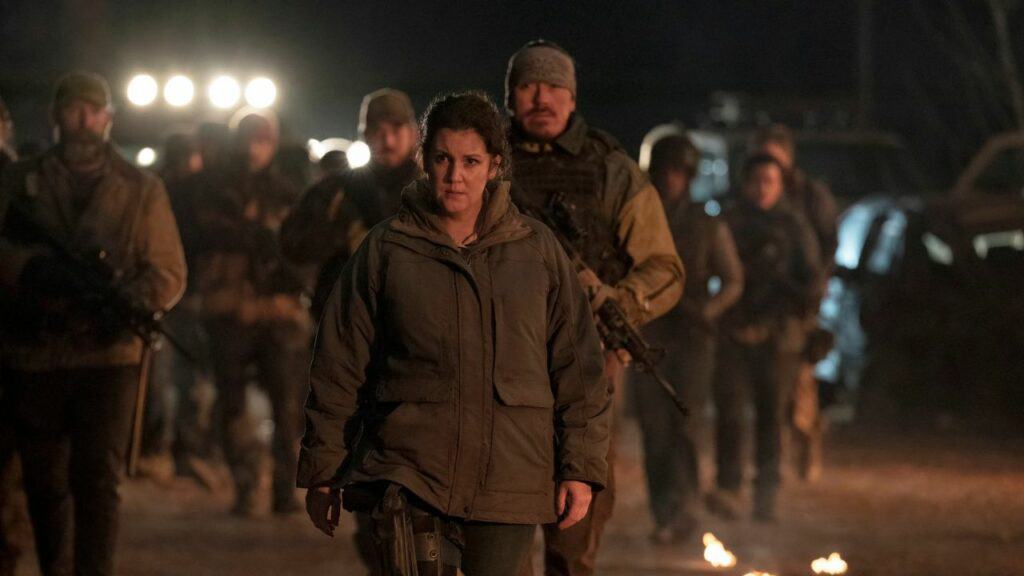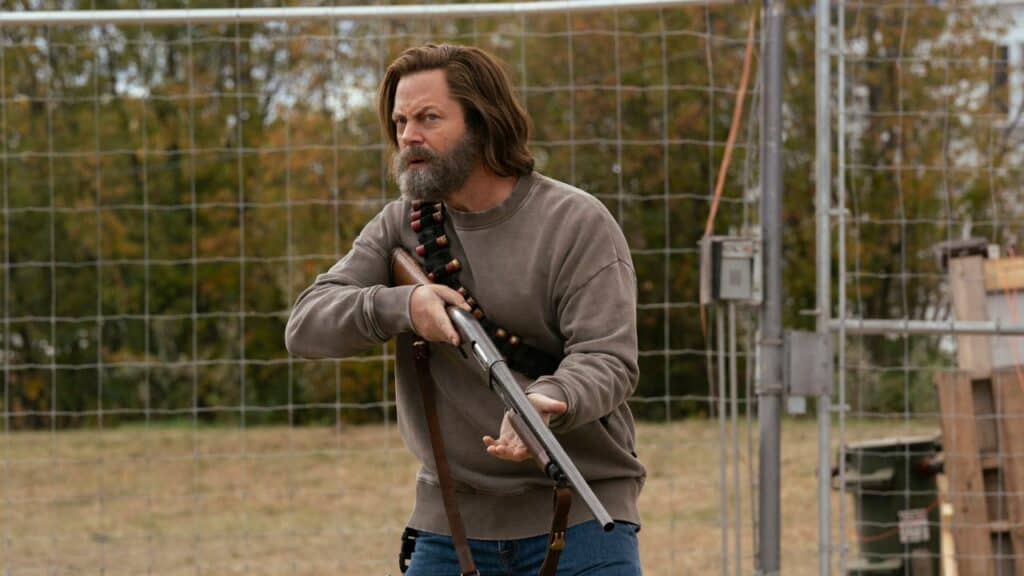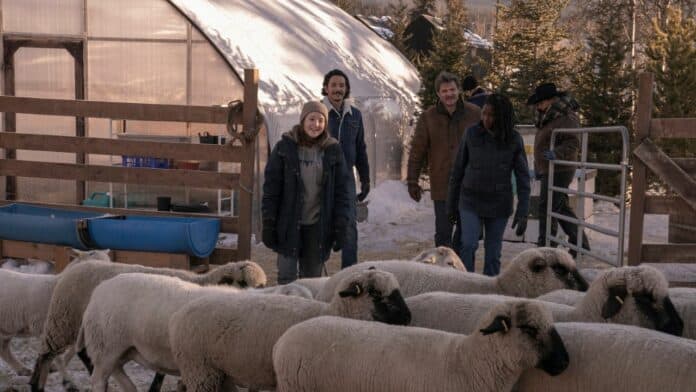Exploring the remnants of society, The Last of Us adeptly portrays the diverse tapestry of communities that emerge in the wake of a global calamity.
In HBO’s The Last of Us, the portrayal of various communities plays a significant role in shaping the narrative landscape.
This article explores how the series represents different communities in its post-apocalyptic setting, highlighting the diversity and complexity of human society even in the face of devastation.
Survivor settlements: Havens in chaos
The series showcases various survivor settlements, each with its unique culture and social structure. For instance, Jackson is depicted as a fortified haven, a beacon of order and normalcy amidst chaos.
This settlement, with its own rules and governance, represents the human capacity to rebuild and adapt, forming new societies with their distinct identities and challenges.
Quarantine zones: Oppression and resistance
Quarantine zones in The Last of Us serve as a focal point for exploring themes of oppression and resistance.
These areas, controlled by remnants of the government or military forces, depict a society under strict surveillance and control.

The portrayal of life in these zones and the contrasting depiction of the rebel group, the Fireflies, highlight the struggle for freedom and justice, reflecting real-world issues of governmental control and civil liberties.
Nomadic groups: Survival beyond boundaries
The series also introduces viewers to nomadic groups that have adapted to survive without the confines of a settlement or quarantine zone.
These groups, moving constantly to find resources, embody a different kind of community—one that is fluid, adaptable, and bound by the immediate needs of survival.
They reflect the diversity of survival strategies in a world where traditional societal structures have collapsed.
Isolated individuals: Lone survivors’ perspective
In contrast to the various communities, The Last of Us also portrays individuals who choose to live in isolation.

Characters like Bill, who barricades himself in an abandoned town, represent another aspect of post-apocalyptic society – those who find safety and autonomy in solitude.
These lone characters provide a unique perspective on the value of community versus independence.
The infected: A community lost
Interestingly, the series also presents the infected as a form of community. Though transformed and no longer human in the traditional sense, these groups of infected represent a tragic loss of the communities they once were.
This portrayal invites viewers to contemplate the impact of widespread calamity on communities and the collective identity.
In conclusion: Reflecting human diversity
Through its depiction of different communities, HBO’s The Last of Us reflects the diversity and resilience of human society.
From structured settlements to isolated individuals, the series explores a wide range of human experiences and social structures, offering a comprehensive view of humanity’s response to a world irrevocably changed.
The Last of Us not only entertains but also invites reflection on the nature of community, survival, and human resilience, making it a significant narrative that resonates with a wide range of audiences.
Also Read: The role of friendship and trust in The Last of Us

